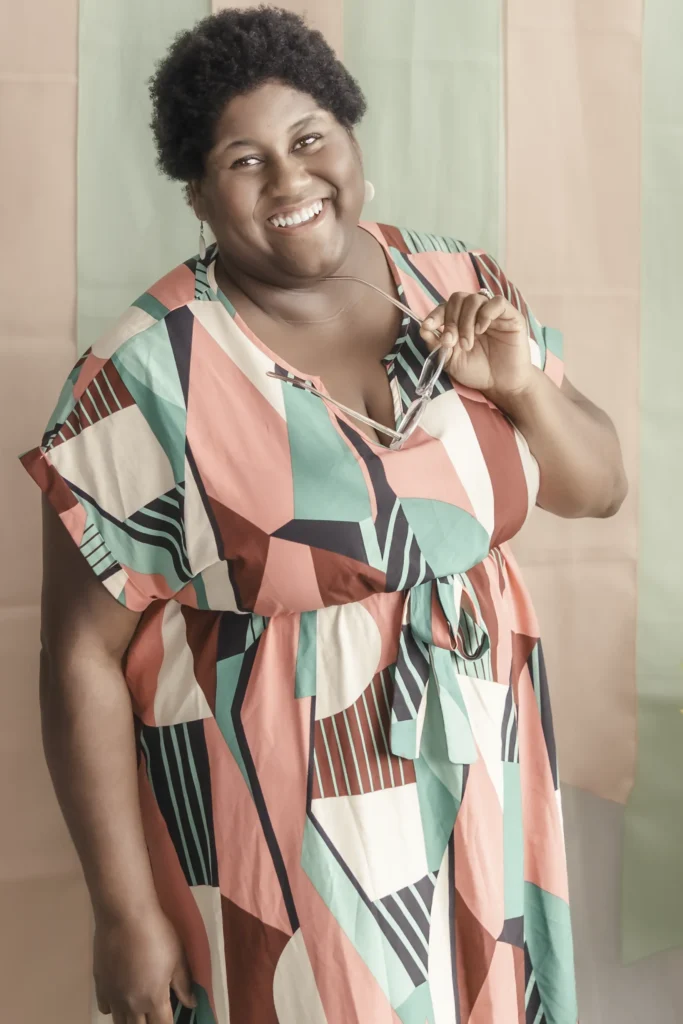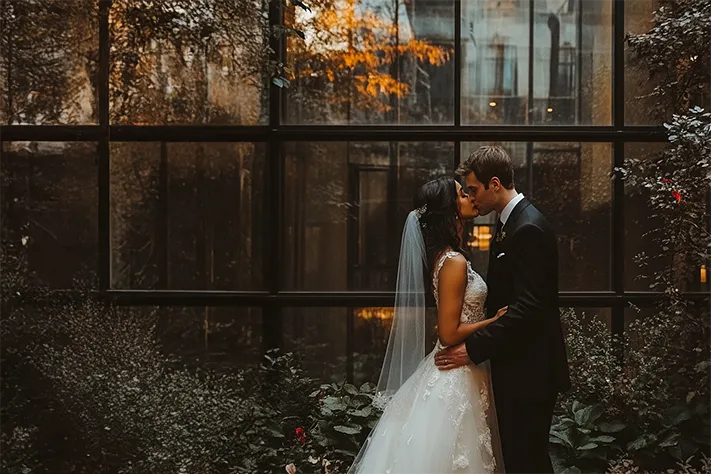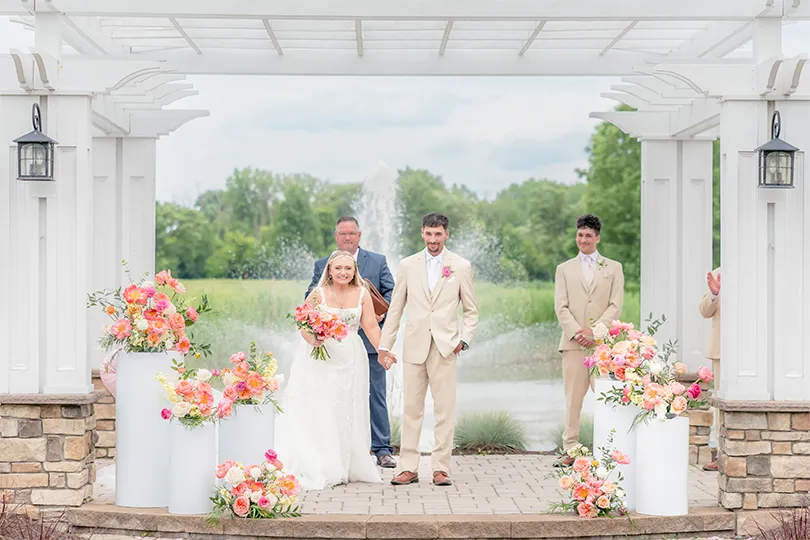Perfect wedding timeline planning is like crafting a beautiful love story, ensuring every cherished moment is captured and celebrated with joy and romance. A well-organized schedule allows you to savor each second without stress, ensuring plenty of time for stunning wedding photography and heartfelt celebrations. Whether you’re a bride, groom, or trusted wedding planner, these tips will help you create a seamless timeline that flows effortlessly from ceremony to the final dance, adding a touch of magic to your unforgettable day.

Top Wedding Timeline Planning Tip: Begin With The Ceremony
1. Start with the Ceremony Time
Begin by setting your ceremony time, then work backward to schedule everything that comes before it. Knowing exactly when your ceremony starts helps you determine when to begin hair and makeup, get dressed, and take bridal party portraits. Don’t forget to factor in travel times and add a little extra buffer for any unexpected delays. By planning with the ceremony in mind, you’re setting the stage for a smooth flow of events, ensuring every moment is captured beautifully.
2. Allocate Time for a Staged Exit
Instead of waiting until the end of the night for a grand exit—when many guests have left or are too tired to participate—consider planning a staged exit during bridal party or wedding party portrait time. This allows you to capture those celebratory shots while everyone is energized and present. Plus, you can spend the rest of the night dancing and enjoying the festivities without worrying about formalities.

Wedding Timeline Planning Tip #3: Adopt the Rule of Roundups
Round up the time for every activity. If something takes less than 15 minutes, round it up to the next 15-minute mark. If it’s just under 30 minutes, round up to 30 minutes. By adding an additional 10 to 15 minutes to each item on the timeline, you create plenty of time for tasks to be completed and have extra buffer time to manage moving parts. This way, your day will feel relaxed, and you can truly enjoy each moment without stress.
4. Schedule Hair and Makeup Early
Hair and makeup can often take longer than expected, so it’s crucial to start early and give your beauty team a realistic schedule. Allocate enough time for each person and add an extra 15-20 minutes as a buffer to keep things running smoothly. Starting early ensures everyone feels relaxed, allowing you to enjoy the process and be picture-perfect when it’s time for the ceremony.
5. Add Buffer Time Between Events
Adding buffer time between events is essential to avoid feeling rushed. This ensures that if something runs late, you won’t feel stressed, and it also gives you and your partner a few quiet moments to relax and soak it all in.
Download Your Free Wedding Timeline Planning Workbook
Want to make sure your wedding day goes off without a hitch? Download our free 6-page PDF timeline workbook! This workbook helps you create a seamless wedding day schedule, ensuring you have plenty of time for photos, special moments, and celebrating. Print it out, customize it to fit your wedding day, and use it to plan a stress-free wedding that flows effortlessly from one memorable moment to the next.

6. Plan for Ample Portrait Time
Set aside at least 1.5 to 2 hours for portraits, including individual shots, bridal party, and couple photos. This generous window allows your photographer to capture a mix of candid and posed images without feeling rushed. The unhurried pace also gives you the flexibility to adapt to any unexpected delays, ensuring your wedding day is documented beautifully.
Here are 5 crucial questions couples often forget to ask their wedding photographer—make sure timeline flexibility is one of them! >>> 5 Questions To Ask Your Wedding Photographe Before Hiring Them
7. Hire a Day-Of Coordinator
If you’re not working with a full planner, hiring a day-of coordinator is a must. Even if your venue provides a coordinator, having your own outside coordinator means you’ll have someone dedicated to understanding your personal preferences and vision. Venue coordinators are helpful, but an independent coordinator can focus more intimately on your specific needs, ensuring every detail is just right.
8. Keep Family Photos Organized
Family photos can take longer than anticipated if not properly planned. Create a list of the family groupings you want photographed and share it with your photographer and coordinator in advance. Designate a family member or friend to assist your coordinator and help gather people quickly for each shot, keeping everything moving smoothly.

9. Plan a Relaxed Cocktail Hour
If you want to enjoy cocktail hour with your guests, plan your timeline so that most photos are taken before the ceremony or during a brief session afterward. A relaxed cocktail hour allows you to mingle with your loved ones and soak in the atmosphere without feeling rushed.
10. Incorporate Golden Hour
Golden hour—the hour before sunset—is perfect for those dreamy, romantic photos. Work with your photographer to determine when golden hour will occur on your wedding day and set aside 20-30 minutes for these portraits. The soft, warm light adds magic to your photos, making it worth every moment.
A thoughtfully crafted wedding day timeline makes the difference between a hectic day and one that’s filled with joy, laughter, and love. With these tips, you can build a timeline that allows for beautiful photos and plenty of time to celebrate with your favorite people. Remember, the ultimate goal is to savor every moment—because this is your day to cherish forever.




